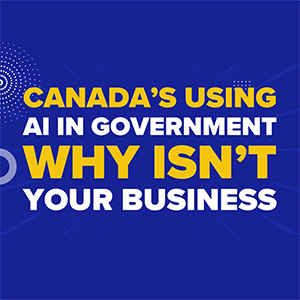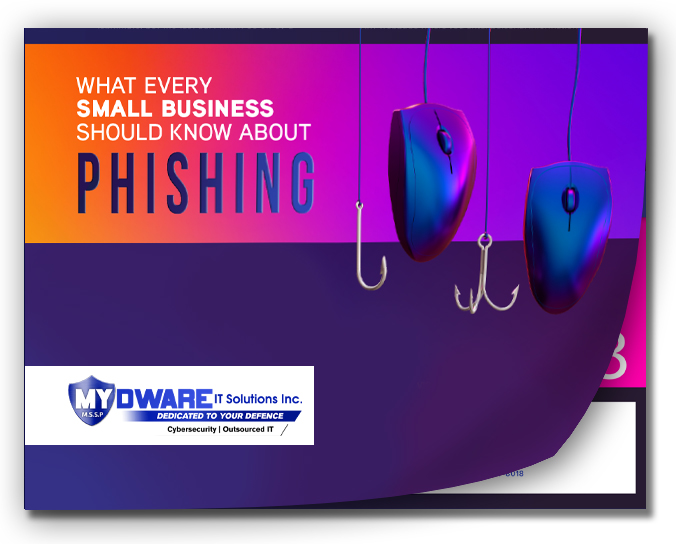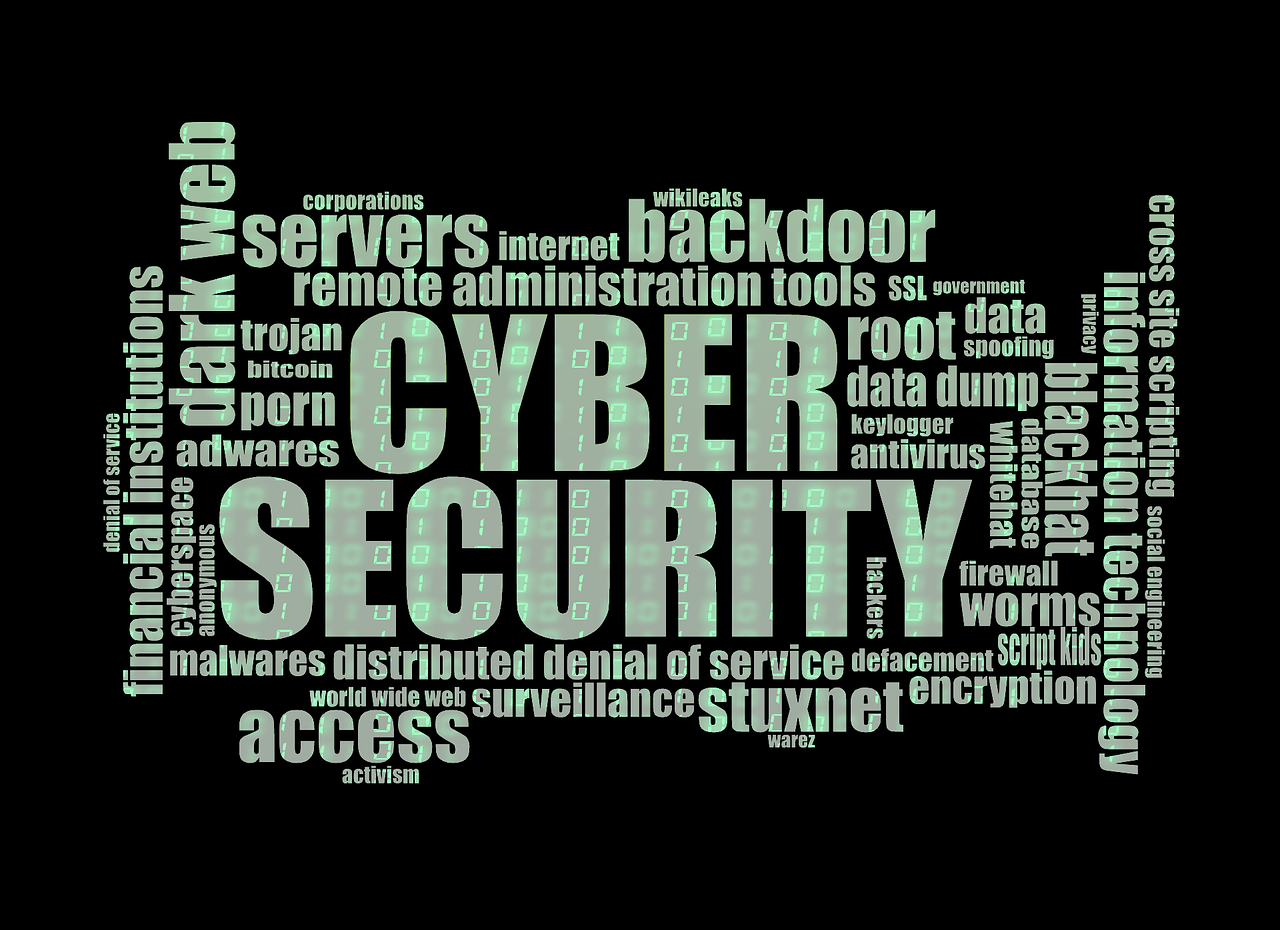 AI isn’t just for tech giants anymore. In 2025, the Canadian government is quietly testing generative AI assistants in areas like immigration and agriculture—and that’s a wake-up call for local businesses. These AI tools handle basic questions, help users navigate forms, and speed up slow, repetitive workflows. Sound familiar?
AI isn’t just for tech giants anymore. In 2025, the Canadian government is quietly testing generative AI assistants in areas like immigration and agriculture—and that’s a wake-up call for local businesses. These AI tools handle basic questions, help users navigate forms, and speed up slow, repetitive workflows. Sound familiar?
Small businesses across the GTA and Simcoe County can—and should—start applying these same tools now. It’s no longer about keeping up with trends. It’s about not falling behind. Book a FREE Cybersecurity Risk Assessment NOW!
AI in Government Isn’t Just Hype—It’s a Sign of What’s Next for SMBs
When the public sector adopts something, it usually means the technology is both scalable and practical. Government departments aren’t known for jumping on risky tech fads. So if they’re deploying AI assistants to improve how they handle public requests, it's because the ROI is obvious.
The takeaway? AI-powered help desks, scheduling assistants, and smart forms aren’t “future tools” anymore—they’re today’s business advantage. In fact, early pilots are proving AI can save hours per week on routine admin tasks—something that plagues every small business owner. Once AI is doing the busywork, your people are free to focus on strategy, service, and growth.
If you're curious how your team can reduce security risks while adopting new tech, this breakdown of how an IT provider reduces third-party risks shows where to start tightening up.
Why This Matters for Small Business Security and Operations
While the potential for time-saving is huge, AI adoption isn’t just about speed—it’s also about safety. More automation means more exposure. Each smart assistant added to your stack introduces new access points to your company’s data.
That’s why local businesses must adopt AI with the right controls in place—especially if you’re handling sensitive customer or financial info. A good first step? Revisit your access permissions, privacy policies, and staff training. Smart tech needs smart habits.
You should also be aware of shifting risks. Public and private sector AI use means threat actors are now targeting these tools directly. Knowing where AI fits into your cybersecurity plan is now non-negotiable.
If your employees are your front line (they are), they need to know how to recognize evolving threats. This breakdown of why cybersecurity starts with your employees is a smart read for any team leader.
Practical Steps to Get Started with AI—The Right Way
You don’t have to build a chatbot from scratch or start with anything complicated. Just take a look at where your time is going.
Start by identifying daily tasks that feel repetitive or drag your team down. These are perfect places to introduce AI without overwhelming your workflow. For example:
- Internal scheduling
- Inbox triage
- Customer Q&A
- Document drafting
- Policy reminders
With Microsoft, Google, and other mainstream tools now offering built-in AI options, most companies already have what they need. What’s missing is the strategy.
Check out these 2025 cybersecurity predictions if you want to know what risks and opportunities are heading your way with AI this year.
Don’t Be the Last Business on the Block to Catch Up
AI’s not on the way. It’s here. If Canada’s public services are streamlining their workflows with smart assistants, private companies need to take that as a loud, flashing signal.
The longer you wait, the wider the gap grows between you and the businesses that moved early. Need help mapping out where AI makes sense for your business—and how to secure it properly?
Let’s chat. It starts with a quick FREE cybersecurity risk assessment. We’ll show you what’s working, what’s not, and where AI could actually help (without turning into a data leak).
Darryl Cresswell
CEO & President
MYDWARE IT Solutions Inc.




